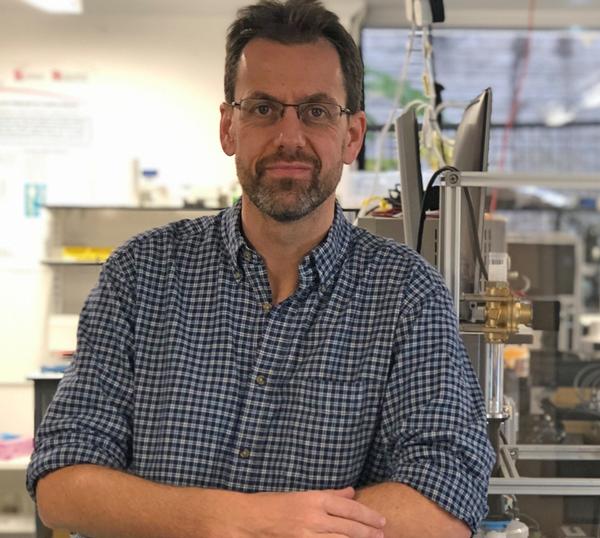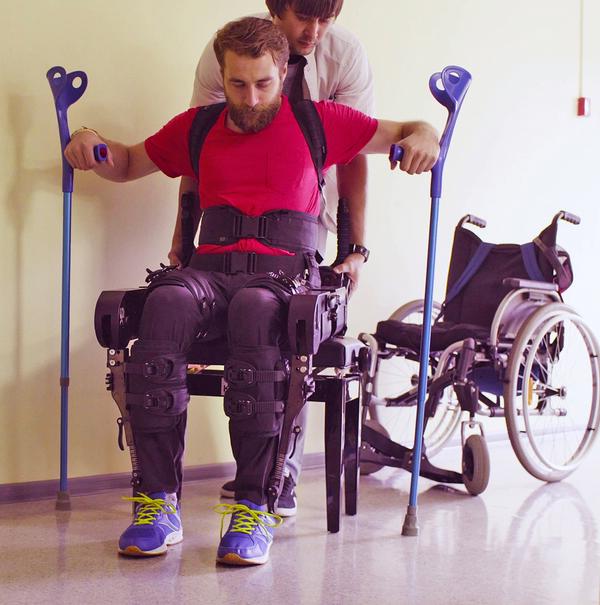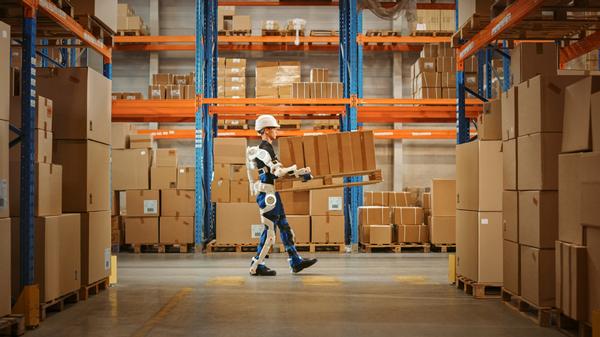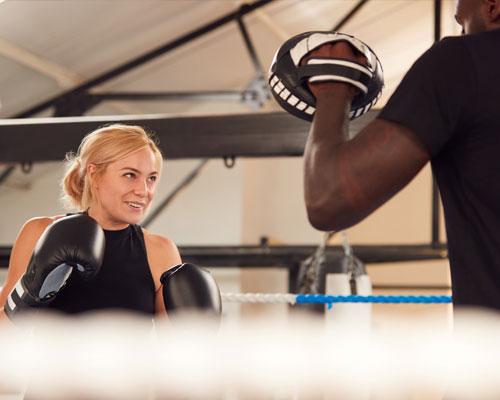features
Artificial muscles: Robotic muscles
Loss of strength and muscle wastage affect millions of people and have a significant impact on health and quality of life. emPOWER is a visionary project that aims to develop implantable artificial muscles by 2050. Project leader Professor Jonathan Rossiter explains how it will work

Tell us about emPOWER? What is it and how did it come about?
emPOWER is a five-year, £6 million research project, funded by the UK Engineering and Physical Sciences Research Council. It aims to develop implantable artificial muscles to address muscle ageing and disabilities that affect movement.
The project is part of a major new UK research focus on long-term healthcare research, targeting clinical and societal impact by 2050. This 30-year horizon is unprecedented and enables researchers to plan deep-and-wide research programmes that would not have been possible in the conventional short-to-medium timescales.
The emPOWER project brings together leaders in soft robotics, surgery, biomaterials, tissue engineering, metamaterials, and functional chemistry with a large team of clinical, patient and industrial partners. Together we identified the need to step beyond current wearable and regenerative medicine approaches to muscle weakness and mobility restoration, and move instead to placing robotic artificial muscles exactly where they are needed: inside the body.
Who could benefit from artificial muscles?
There are over 10.8 million people living with disability in the UK today. Nearly 6.5 million have mobility impairments, with the largest causes being age-related frailty and stroke – there are over 1.2 million stroke survivors in the UK. As we age, we lose muscle mass and strength. This condition is called sarcopenia. This means we walk more slowly, cannot move around so easily and ultimately, have to move into supported care.
emPOWER aims to implant artificial muscles to overcome sarcopenia. We believe that by boosting remaining muscle functions by only ten percent we can restore mobility and independence to sufferers of muscle weakness.
Another important group in need of emPOWER muscles are those who suffer from the after-effects of strokes and trauma. emPOWER muscles have the potential to work with the remaining neurological signals and remaining muscles to restore the mobility in affected limbs.
Many other disorders are also set to benefit from emPOWER muscles, including urinary and faecal incontinence, facial palsy, and venous insufficiency.
What work has been done into artificial muscles to date?
Artificial muscle technologies have developed significantly over the last decade. The latest muscles are able to deliver power densities – that’s the amount of muscle power per cubic centimetre – of the order of human skeletal muscles. These have been demonstrated in laboratory settings under controlled conditions.
They employ a variety of technologies including electroactive polymers, which are materials that contract like muscles when electrically stimulated. Electroactive polymers use electrical power, which can be stored in high density batteries and easily controlled using embedded control circuits.
Why are exoskeletons not enough?
Exoskeletons have an important place in therapy and as a short-term aid to mobility. Rigid exoskeletons can even help a paralysed person walk. However, they are big, heavy, expensive and take a long time to put on or get into.
Recently, soft exoskeletons have been the focus of many research groups, including ourselves in the Right Trousers project. These soft exosuits would be much easier to put on and less bulky than their rigid counterparts, and could be worn discreetly under clothing.
Unfortunately, all exoskeletons and exosuits suffer from a fundamental problem: they must transfer significant forces through the skin into the human skeleton. This can cause damage and ulceration to the skin and discomfort to the wearer. emPOWER muscles completely side-step this problem by interfacing with the skeleton directly, under the skin, exactly where the natural muscles are located. Their ends will fuse with bone and thereby muscle forces will be transferred to the skeleton with no loss or danger of damage.
How will you make this vision a reality?
There are several questions we will initially be addressing. Firstly, how can we interface artificial muscles with natural bone so that the interface is mechanically strong while being fully biologically compatible? Secondly, how can we make our emPOWER artificial muscles as strong, when implanted, as their natural counterparts, and lastly, how can we get energy into, and out of, the muscles fast enough to assist with walking?
Each one of these will be addressed through its own set of technology developments – for example, bone interfacing will include novel metamaterials with chemical functionalisation so that the bone-artificial muscle interface is both strong and biologically inert.
We won’t be implanting muscles into people until we have demonstrated all the crucial technologies separately and then in combination. This first five-year project will focus on demonstration of emPOWER muscles and biointerfacing. We will then, in follow-on projects, seek to implant the muscles, first in animals and then in humans.
Why is this project unique?
The 2050 target of these Transformative Healthcare Technologies projects gives us the unique flexibility to plan a development route over 20-30 years, instead of the typical five years. This means we can explore new technologies and scientific phenomena that others would not have the freedom to do.
In addition to building on the current state-of-the-art technologies, we will explore new and disruptive ideas that are at the very earliest stage of conception and development.
How would artificial muscles be controlled?
Control is very important for the implantable emPOWER muscles. We will explore how neural signals from the nervous system and from the brain, through a process called electrocorticography, can enable natural muscle control. We aim to develop an artificial motor neuron, providing bidirectional control and sensing of the emPOWER muscles.
What features are required to enable implantable artificial muscles to function safely, comfortably and effectively?
emPOWER muscles must have a new level of compatibility with the body. They must be biocompatible so that they do not elicit an immune response, they must be mechanically compatible so that they do not overstress the skeletal system and they must be compatible with the natural neurological control systems.
Each of these factors must be proven to be safe and effective separately, and then in combination, before we can consider implantation. Just as important is patient comfort and acceptance and patient input and guidance forms an important continual strand within the emPOWER project.
Can you really achieve your goal by 2050?
Yes, we are confident that we can make implantable muscles a reality by that target!
Looking further into the future, in what other ways could this technology be used?
Artificial muscles are needed in many different sectors, from wearable power assistance in factories to environmental robots that can clean up pollution. Our industrial partners need new artificial muscle technologies to keep workers safe, to reduce fatigue, and to improve productivity.
We have built into the emPOWER project a programme of accelerated impact in these fields. Industry has a shorter development timescale than healthcare, so we expect to see non-implanted emPOWER artificial muscles in products and industries long before 2050.







































































